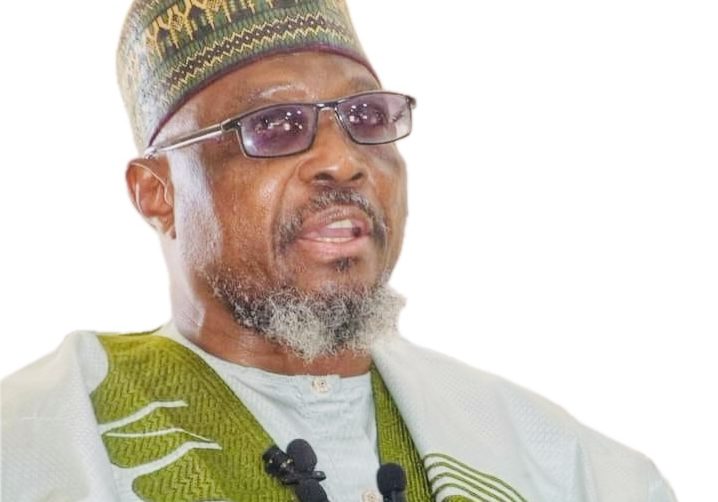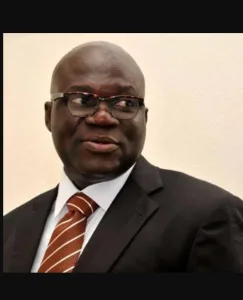Harare — On Sunday, December 10, 2023, Kenya plunged into darkness once again, marking its third nationwide blackout in just four months. The implications of this outage reverberated across the nation, sparking concerns of possible sabotage and incompetence. While the government officials speculated over the cause, ordinary Kenyans grappled with the disruptive aftermath, pondering the potential motives behind the recurring crises.
The blackout’s impact extended far and wide, with critical services, including Nairobi’s Jomo Kenyatta International Airport (JKIA), bearing the brunt of the power outage. As two of the airport’s terminals languished in darkness for hours, the country’s transport minister, Kipchumba Murkomen, faced mounting criticism over the delayed restoration of electricity.
In response to the escalating concerns, Minister Murkomen directed the spotlight towards a disturbing possibility. The notion of sabotage echoed throughout his call for a formal investigation by the National Police Service, attributing the blackout and its implications to potential acts of deliberate interference. “Considering the frequency of the power disruption, and taking into account the fact that JKIA is a facility of strategic national importance, we are making a formal request to the National Police Service to investigate possible acts of sabotage and cover-up,” he stated firmly.
As whispers of conspiracy infiltrated public discourse, speculations arose regarding ulterior motives behind the power outages. Some Kenyans voiced suspicions that the recurring disruptions might serve as a catalyst for the privatization of Kenya Power and Lighting Company (KPLC), the nation’s state-run energy supplier, while others pointed fingers at KPLC’s alleged ineptitude. This juxtaposition of opinion underscores the complexity surrounding the blackout and its potential underlying motivations.
Meanwhile, Energy Minister Davis Chirchir shed light on the technical aspect, attributing the calamity to a failure within Kenya’s overarching power network. He cited a powerline overload as the catalyst for the nation’s collective plunge into darkness. In response to the dire need for preventive measures, Minister Chirchir unveiled the government’s plan to embark on the extensive construction of new power networks over the next 20 months. These developments aim to alleviate the strain on transmission lines and shield the nation from further disruptions in the future.
As Kenya grapples with the repercussions of its recurrent power outages, the quest for truth and accountability continues to unfold. The intersection of political intrigue, technical failings, and public speculation underscores the multifaceted nature of the blackout’s fallout. Amidst these complexities, the nation strives for clarity, resolution, and a steadfast commitment to safeguarding its energy infrastructure for the welfare of its citizens and the continuity of its essential services.







